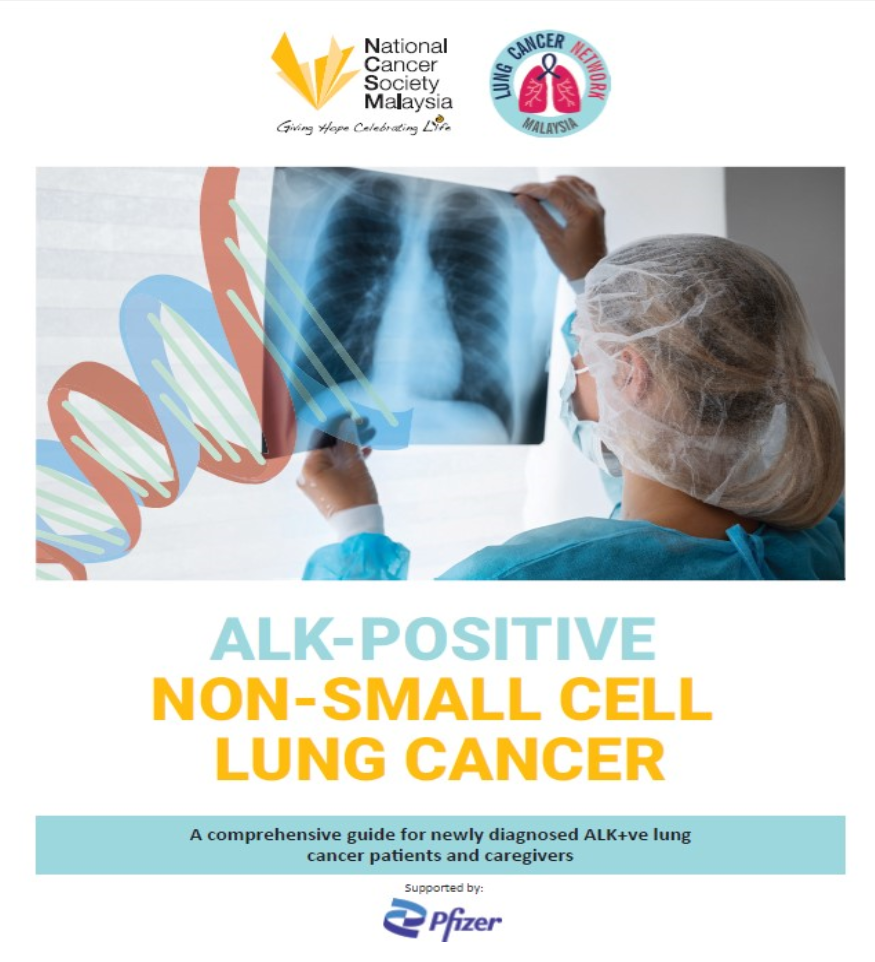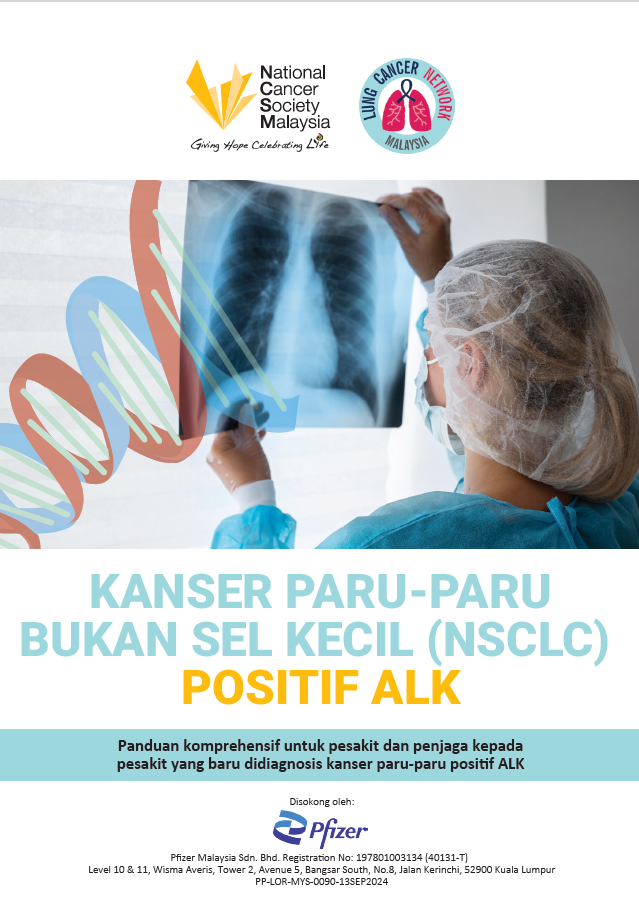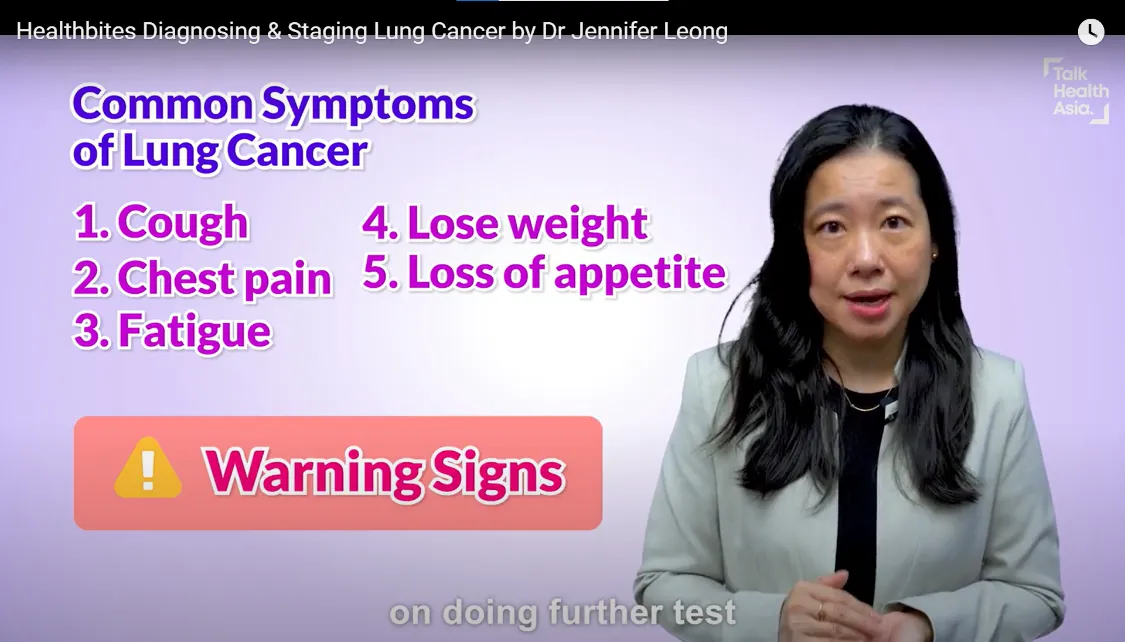LEARN THE FACTS
ABOUT ADVANCED
LUNG CANCER
The information here may be able to help you answer some questions you have in mind about advanced lung cancer. You may have been previously diagnosed with early lung cancer and already received treatment for it in Malaysia, or you may have been diagnosed for the first time with advanced lung cancer and never been diagnosed with lung cancer before.




